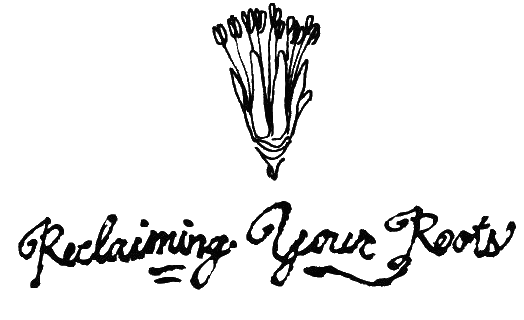The Art of "Hygge"
The term "hygge" pronounced "hoo-ga" is a Danish word that is most often translated into English as "coziness" or "togetherness." Hygge first appeared in the Danish lexicon somewhere around the end of the 18th century from a Norwegian word for well-being and is now a cultural concept deeply embedded in Danish culture as a panacea against coldness, stress, and solitude. Despite being a subarctic country with long, cold winters that include up to 17 hours of darkness a day and temperatures averaging 0C, Denmark was named the #1 happiest country in the world by U.N. on its World Happiness Report in 2013. Denmark is certainly known for its wonderful work/life balance, including easy access to health care, low pollution, and at least 5 weeks of paid vacation a year. However, its thought that its culture of hygge is also heavily responsible for the general well-being of its citizens.
Since Danes must spend a large amount of time indoors during the winter, there is a larger emphasis on entertaining at home. Hygge might look like spending time with family and friends by candlelight, often with cake, coffee, or beer. The average Danish home also emphasizes natural materials like wood and leather and gentle, soothing light to create a sense of being in a cozy nest.
"Sitting by the fire on a cold night, wearing a woolly jumper, while drinking mulled wine and stroking a dog - probably surrounded by candles. That's definitely "hygge". Eating home-made cinnamon pastries. Watching TV under a duvet. Tea served in a china set. Family get-togethers at Christmas. They're all hygge too."
-Justin Parkinson BBC News Magazine
I first learned about hygge a few months back, when a friend forwarded me an article about it. I was struck by how familiar of a concept it was to me. For as long as I can remember, I have naturally felt inclined each winter to engage in what I call "warm and fuzzy" activities. Wearing cozy sweaters, drinking hot toddies, building sheet forts with friends, listening to records, cuddling with loved ones, baking cookies, reading books- all of these activities are ways I have always maintained well-being during the fall and winter months. What struck me when reading this article was the potential to extend this cultural concept within our own communities to a year-round activity. Not to advocate laziness but to encourage ourselves to practice kindness to ourselves and our communities, to advocate for balance and nourishment in our daily lives year round.
One of the best ways to incorporate herbal hygge into your life during winter is in the form of tea. I love teas not only because they are warming and tasty but the ritual of brewing and drinking tea itself can be a way of slowing down and relaxing. If you are new to brewing and blending herbal teas, feel free to visit here for instructions. Below, are two caffeine-free herbal tea recipes to brew for yourself and friends this winter:
Herbal Coffee
1 part Roasted Dandelion Root
1 part Roasted Chicory Root
1 part Roasted Carob
Use 1-2 tsp per 8 oz of water and infuse 15 minutes. Feel free to add a little warm almond or coconut milk and/or honey to taste.
Rooibos Chai
1 T Red Rooibos tea
3-6 Whole Cardamom pods
3-6 Black peppercorns
3 Whole Cloves
1 tsp Cinnamon chips
1 tsp Ginger root
Blend herbs together. If you have a mortar and pestle, you can grind them together until they are well combined and broken up. Put herbs in a small pan and add 1 1/2-2 cups of water. Bring to a boil and then allow to simmer for 5-10 minutes. While your tea is simmering, gently warm 1/2 cup of milk, almond milk, or coconut milk. Strain tea and fill your mug about 2/3rds full. Top it with warmed milk and add honey to taste.
Courtesy of Mountain Rose Herbs


